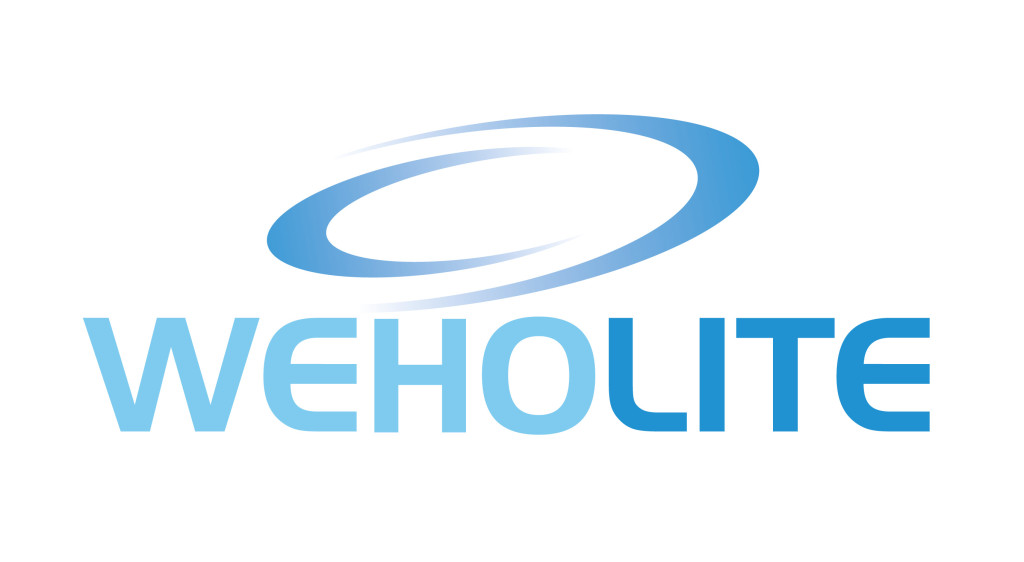
The Philippines largest oil refinery installs the world’s first plastic ‘out of size’ intake structure

The Petron Bataan Refinery (PBR) in the Philippines, chose Weholite, the high density polyethylene (HDPE) pipe, to complete its cooling water intake and outfall pipelines.
The Project Services team at Uponor Infra, international experts in providing turnkey solutions for the marine environment designed, installed and supervised the installation of cooling water intakes and discharge outfalls and all of the intake structures for the project.
Weholite, the global leading brand in large diameter pipe technology, is one of the few solutions on the market that can be produced in diameters up to 3.5 meters internally. The HDPE pipe can be easily welded together on site and does not corrode, which is an important factor when pipes are installed in salt water and marine applications.
The Petron Bataan Refinery (PBR) is the country’s largest integrated crude oil refinery and petrochemicals complex in the Philippines. Inaugurated in 1961, with a capacity of 25,000 barrels per day, it has steadily grown to its current rated capacity of 180,000 barrels-per-day.
In 2011, it decided to develop the Refinery Expansion Project (RMP-2), to make the refinery more competitive in the Asia-Pacific region by significantly increasing its production rate (by up to 200% in some products).
As part of the redevelopment, Uponor Infra supplied the world’s first plastic super-size intake structure, made from its new Weholite Modular product, which is lighter, faster to install, and therefore much better value than other traditional solutions.
The connecting pipelines were made up of 610m of 2400mm internal diameter and 450m of 2200mm internal diameter pipes. Weholite was chosen for its design lifetime guarantee and non-corrosive material, all of which eliminates costly maintenance for Petron.

Uponor Infra provided all the hydraulic and mechanical calculations for the intake and outfall, and the supervision of the installation process.
The wealth of experience that Uponor Infra Project Services has on these types of projects and installations is the ideal complement for Weholite, particularly when working on a project on the other side of the globe.
Pablo Ramón, Project Services Site Manager at Uponor Infra, commented: “This complex marine project was well suited to Weholite for a number of reasons, as it eliminated the need for heavy concrete collars to ballast the strings which can often be extremely risky during the submersion process. The filling of its hollow profile with an inexpensive and pumpable material such as limestone is much faster and easier to carry out.
“The submarine installation of Weholite is also faster than that of steel pipes, so much so that you can even install up to 150 linear metres in just one day. Since Weholite doesn’t require any concrete collars, the contractors were able to use a smaller trench, therefore minimizing the dredging operation. This reduced volume excavations means lots of savings as the cost of any work under water is much higher than on dry land.”
Other contractors on the project include; Daelim (Korean), main EPC contractor for Petron in charge of building this RMP-2 PBR (Refinery Master Plan 2 for Petron Bataan Refinery), the Consortium CCT -Toyo Construction Co. Ltd., sub-contractor for Daelim for the construction of the Civil Package J, Marine Works, that included the intake, the outfall, and some auxiliary structures as jetties.
 [noodle-share icons="icons-small"]
[noodle-share icons="icons-small"] 



